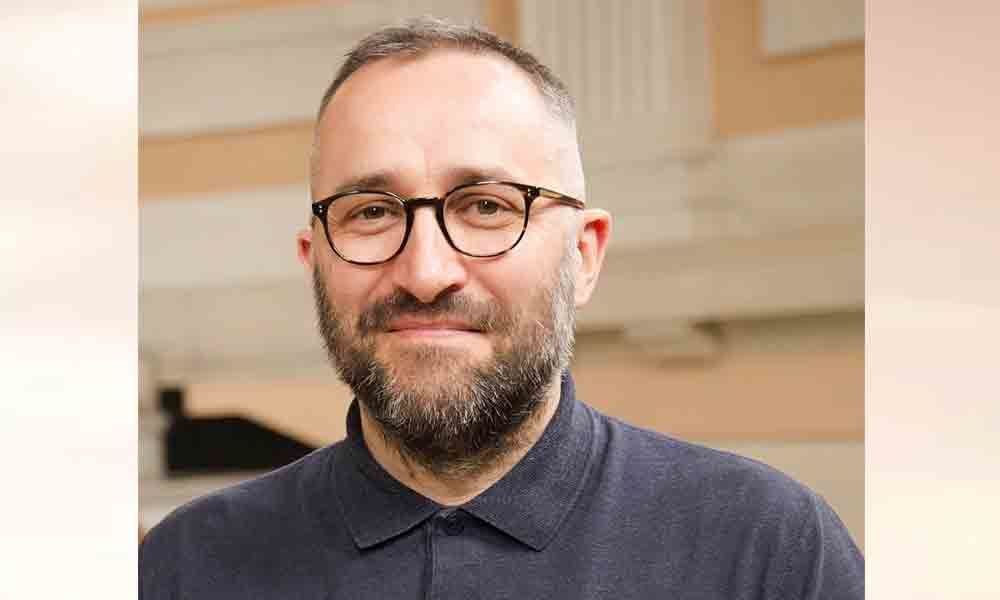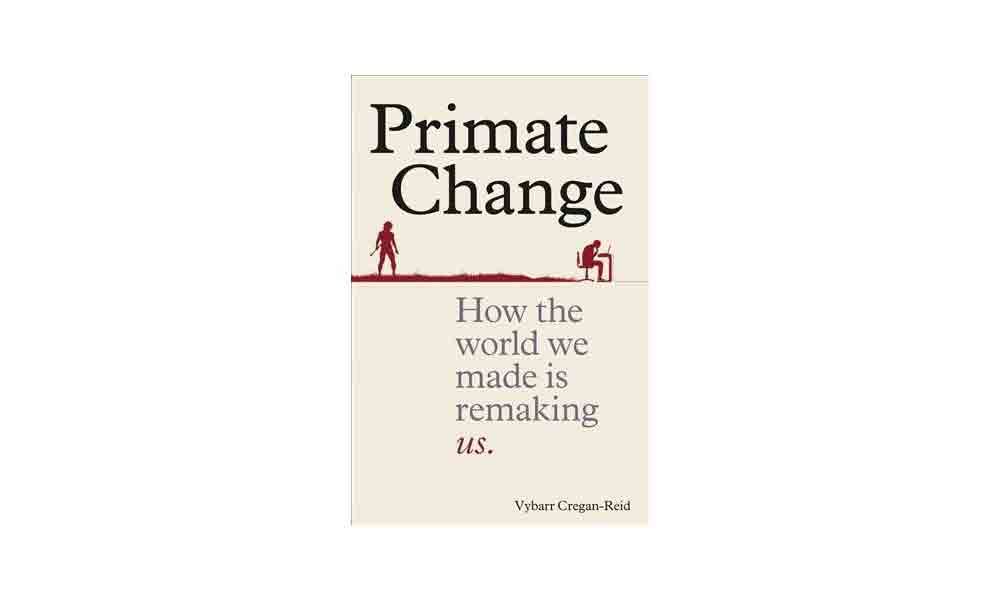Taking a new look at the human body
While we have been busy changing the shape of the world we inhabit, the ways of living that we have been building have, as if under the cover of darkness, been transforming our bodies and altering the expression of our DNA
Every now and then some development takes place in this world which ends up questioning all that we human beings have been customised to adapt, accommodate and accept. The human body has especially attracted the attention of many scientists and anthropologists and their findings have rocked the scientific world, not immune to their own biases and fierce adherence to their respective cliques and lobbies. Typically, as it has always been noticed any change that is suggested or any innovation that is highlighted is scrutinised, criticised and later reluctantly accepted, if found impossible to be ignored by the vast majority.
'Primate Change – How the world we made is remaking us' by Vybarr Cregan is one such interest-generating endeavour. As the book says: 'In the last 200 years, humans have made such a tremendous impact on the world that our geological epoch is about to be declared the 'Anthropocene' or the Age of Man. But while we have been busy changing the shape of the world we inhabit, the ways of living that we have been building have, as if under the cover of darkness, been transforming our bodies and altering the expression of our DNA.'
Adding further, it elaborates: 'Because of the way DNA works, we are all different and we are all the same: identifiably human, but with an unending variety of shape and form. Every one of us is a complex genetic experiment, a random throw of the dice that hopefully suits the environment we meet when we first see the light of the sun. But because the environment plays such a key role in how our DNA is expressed, I guarantee you that you are not the person that your DNA would have made 1000, 20000 or 100000 years ago. Your height would be different, your weight, your face and your eyesight.'
The history of the human body is a long one with some of our anatomical parts predating our species by hundreds of millions of years, the author further concludes. Not surprisingly, the anatomically modern humans with their oldest known fossil discovered in Morocco in 2017 dates from 300000 years ago. Such interesting factoids make up the five parts of the author's seminal work.
The book makes a scholarly attempt to demystify the complex architecture of our modern human bodies, built over millions of years, but there are cracks in our foundations, and some of them run deep, it concludes.





















